Arsyeshmëria e përdorimit të pyetësorit Fonseka në identifikimin e ç’rregullimit të nyjes temporomandibulare
AUTOR(ËT)
Zana Lila-Krasniqi
ABSTRAKT
Temporomandibular disorders (TMD) and their impact on orofacial health is a highly debated topic in dentistry in re- cent years. The aim of this paper is intended to summarize up-to-date and evaluate the reliability of subjective data obtained from Fonseka questionnaires in assessing the prevalence and severity of signs and symptoms of tem- poromandibular disorders and oral parafunction habits and to compare the findings with other studies. It is gen- erally accepted that the etiology of TMJ is multifactorial related to a variety of dental and medical conditions such as occlusal changes, body posture, pre-functional habits, restorative treatments, orthodontic treatments, emotion- al stress, trauma, disc anatomy, muscle pathophysiology, genetic conditions and psycho-social, age and gender. Since TMD are a heterogeneous group of pathologies that affect the temporomandibular joint, masticatory muscles or both. The multifactorial etiology and the lack of stan- dardized criteria in the evaluation of Temporomandibu- lar disorders (TMD), despite voluminous literature makes comparison between different studies difficult and even today is a unsolved issue. Nonetheless, in consideration of the psychosocial impact that TMD have in terms of de- creased patients’ quality of life and socio-economical costs an improvement in the standardization of the diagnostic process for these disorders is strongly requested to avoid unnec- essary delays in the pathways to diagnosis and, ultimately, man- agement of TMD.
DOI
https://doi.org/10.59138/exoagnsepxqij
FAQET: 45-48

